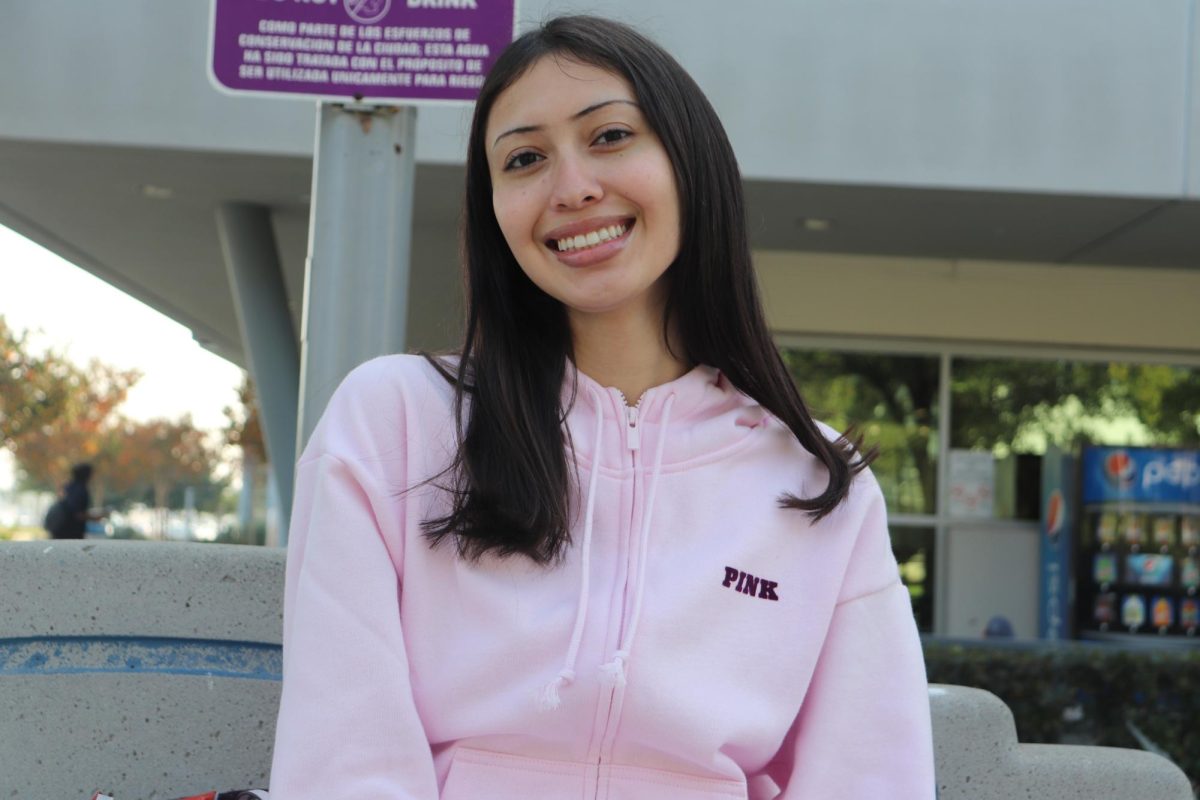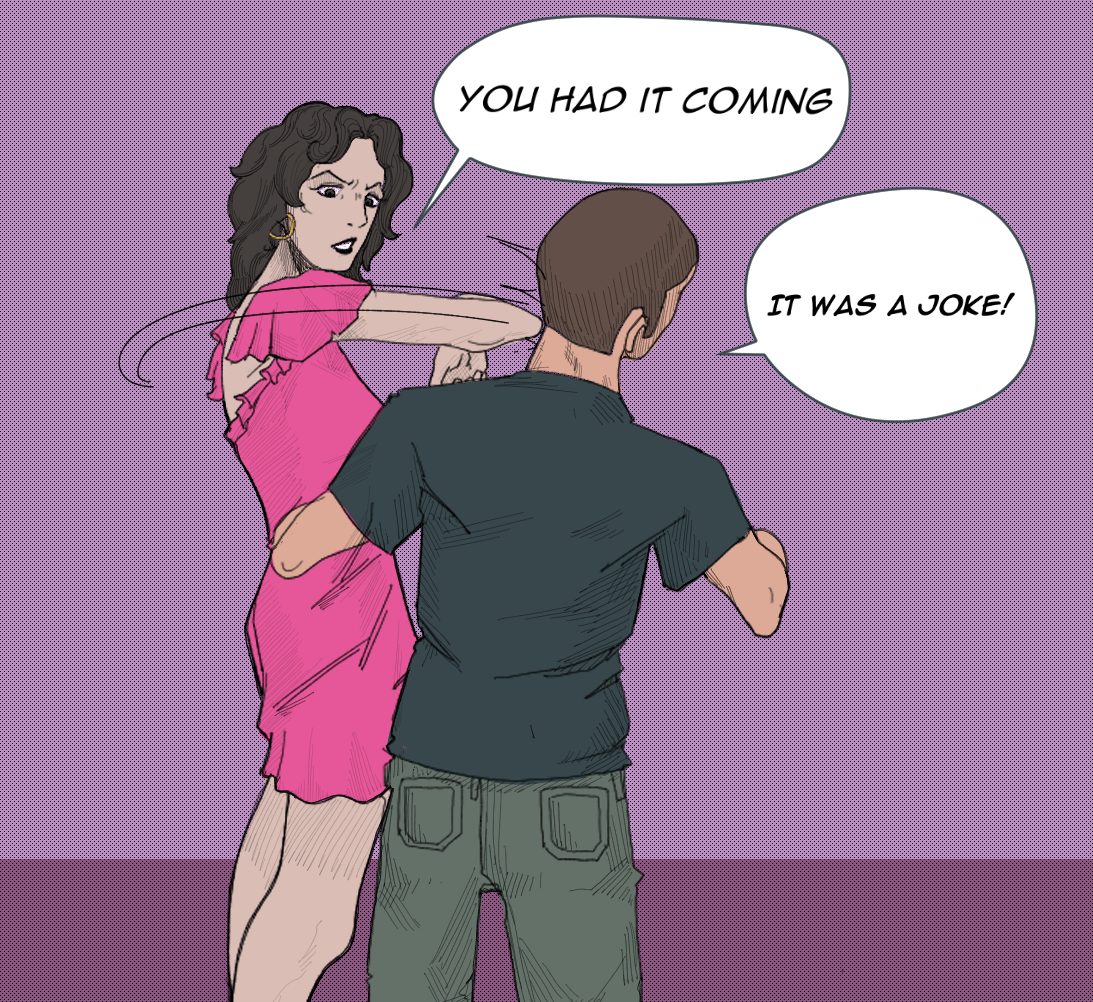Improving the city of Los Angeles should be a collaborative movement, not a competition.
A local group of bicyclists known as The L.A. Bike Working Group has created an alternate plan to the city of L.A’s proposed bike plan after finding several flaws in the design, implementation policies, and language of the city’s second public release.
While the group’s main intention is to bring awareness to the city’s efforts in reducing traffic and increasing the public’s input at workshops to improve the plan, it has also placed much focus on criticizing something that commuters and the environment can benefit from.
The L.A. Bike Working Group, composed mainly of cyclists, claims the city’s plan is set up to fail because its maps are “sloppy,” the policies are “malleable,” and the language is “non-commital.”
Perhaps members of the group missed reading the word “draft” in bold, capital letters at the top of the release memo?
The group’s own plan seems less complex since it mainly takes advantage of bike routes and enforcement policies already in place. The changes they propose are adding bike lanes to main streets, such as Whittier Blvd and Sepulveda Blvd, and providing training for police officers to protect the rights of cyclists and the safety of all commuters sharing the road.
The L.A. Bike Working Group should definitely be applauded for making the most out of resources already available to cyclists, since that would save valuable taxpayer money, but its members are not keeping their sights set on the big picture:
Los Angeles continues to be one of the most traffic-ridden cities in the nation and we all need to do something about it!
In a 2005 study conducted by the Texas Transportation Institute, it was reported that Angelenos spend an average of 72 annual hours in traffic delays. That boils down to about five hours a day drivers spend staring at the business end of someone else’s vehicle.
This statistic comes as no surprise since there are reportedly about 1.7 cars per person in the City of Angels.
L.A. City Mayor Antonio Villaraigosa has already set several projects in motion to help drivers save time and their sanity. His most recent accomplishment was synchronizing 82 percent of the city’s traffic signals. This not only prevents traffic jams by reducing the amount of cars sitting at red lights, but also helps the environment by reducing fuel use and car emissions.
In a city that values personal fitness, health, and the environment, it only makes sense that a network of bicycle paths be our next step in honoring our values. So then why is it that cyclists—who the city’s proposed plan was origninally for—can’t find a way to synchronize their vision with city planners? After all, cycling is a team sport!
The L.A. Bike Working Group needs to inform the public and gain support without hurting the relationship between the community and city officials. There should be only winners, and no sore losers, at the end of the finish line in the race to make Los Angeles a better place for all.
Story continues below advertisement







